SEWING MACHINE
SECRETS
The insiders guide to mastering your machine
Nicole Vasbinder

How to use this book
I have been sewing for about 30 years and consider myself a fairly advanced seamstress. Most of my sewing is straightforward construction for clothing, handbags, and home dcor projects; it primarily involves seams, hems, buttonholes, and zippers. I was hesitant to try embellishing techniques because I have basic sewing machines and thought I needed a fancy embroidery machine. Then I discovered that a wide variety of feet and attachments make impressive designer techniques possible and easy to do on any home sewing machine.
Knowing which machine is right for you is the first important step to learning how to sew. Knowing how to use that machine inside and out is crucial in order to make the most out of it. You can use your sewing machine for more common sewing tasks and also learn techniques that most people think only high-end machines can achieve. In this book, you will learn all about the feet and attachments that are available and how to use them for their intended purposes as well as for other tasks you may not have even imagined.
This book is organized into two sections. Section one is all about showing you how to choose, use, and maintain a sewing machine, and learning handy tips along the way so you can extend the life of your machine. I discuss all the different types of sewing machines and the tasks for which they are best suited. I cover mechanical and computerized machines and their advantages and limitations. I also explain how to clean, oil, and maintain your sewing machine so that it runs like new and stays out of the repair shop. I show you which parts are simple to replace as they wear out.
Section two is technique based and is organized into chapters according to individual sewing tasks such as zippers, hems, and embroidery. Each chapter identifies the most versatile and commonly used presser feet, and then provides step-by-step tutorials for all the results you can achieve with these feet. I explain how each foot can be used and manipulated to help you improve your sewing skills, providing useful tricks and insider secrets along the way. Tutorials are identified by skill level and include illustrations of how the finished item should look (see the tutorial icons key below).
Whether you are just starting out with your first sewing machine or have been sewing for a while and want to build on your skills, this book gives you practical advice and tips to help extend the life of your sewing machine and master a broad range of techniques. I sincerely hope that this book becomes an inspiring part of your sewing library and pushes you to a new level of creativity and confidence.
Happy sewing!
Tutorial icons
 Beginner
Beginner
 Intermediate
Intermediate
 Advanced
Advanced
Finished item icon


Glossary
appliqu
A technique in which a piece of fabric is sewn on top of another piece of fabric. Also refers to ready-made appliqu patches.
backstitch
Reverse stitches at the beginning and end of a seam used to secure the threads and prevent the seam from coming undone.
basting
A temporary seam using very long stitches. Can also be used to gather fabric by pulling on the bobbin threads. Basting stitches are removed when they are no longer needed.
bias grain
The 45-degree angle on fabric between the length and cross grain. Fabrics stretch on the bias.
binding
A narrow strip of fabric cut on the bias or cross grain to give stretch, which is wrapped around an edge to finish it neatly. Used on necklines, armholes, and hems, and also on seam allowances.
cross grain
On a fabric weave, the threads that run from selvedge to selvedge. Also known as the weft.
couching
A technique of stitching down cords and yarns onto the surface of a fabric as a decorative embellishment.
edgestitch
Stitching very close to an edge or seam line. It is usually 18" (3 mm) or less.
facing
A piece of fabric sewn to an edge and turned to the inside to conceal seam allowances and finish edges.
feed dog
The teeth under the needle plate on a sewing machine that move the fabric.
grainline
Usually refers to the length grain on fabric, but also refers to the printed grainline on a pattern.
hem allowance
The total amount of fabric included on a pattern for a hem.
interfacing
A material used to stiffen, strengthen, or stabilize another fabric. Can be fused on or sewn in.
length grain
On a fabric weave, the threads that are parallel to the selvedge. Also known as the warp.
nap
The raised surface on a fabric such as velvet where all the fibers are pointing in one direction. Napped fabrics must be cut as a one-way layout.
overcast
A seam finishing stitch where the threads wrap over the raw edge.
pinking
A seam finishing technique using pinking shears, which make zigzag cuts on the edge to prevent fraying.
pivot
A technique to stitch corners where you lower the needle in the fabric, lift the presser foot, and turn the fabric around the needle.
presser foot
Holds down the fabric against the feed-dog unit so it can move under the needle. Some presser feet are basic and some are for specialty applications.
raw edge
The unfinished, cut edge of a piece of fabric.
right side
The side of fabric that will be visible from the outside of a finished project. Often abbreviated as RS.
satin stitch
Zigzag stitches that are very closely spaced. They are used as embroidery, for monograms, and for stitching on appliqus.
seam
A line of stitches that joins two pieces of fabric.
seam allowance
The distance between a seam and the raw edge. Most patterns have seam allowances included and they are usually 58" (16 mm).
seam finish
A technique to prevent the raw edge of a fabric from fraying and raveling. Common seam finishes are pinking, zigzag, binding, and serging.
selvedge
The finished edges down either side of a length of fabric. They are frequently printed with manufacturers information and are more tightly woven than the rest of the fabric.
serge
The chain stitch produced by a serger or overlock machine. Can be used as a construction seam or seam finish.
shank
Attaches a presser foot to a sewing machine. Machines are designed for low shank, high shank, or slant shank. Some feet are attached to a shank and some snap on to a shank.
stay stitch
A line of stitches used to stabilize an edge and prevent it from stretching.

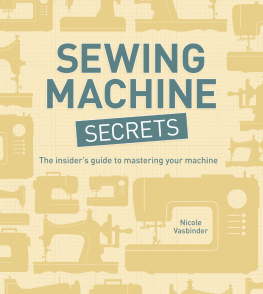
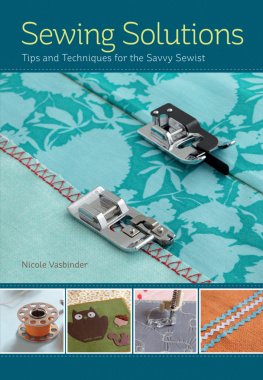

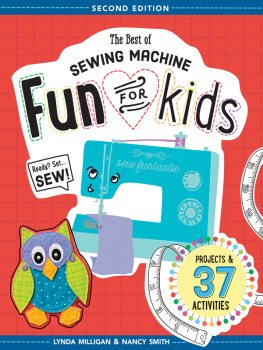
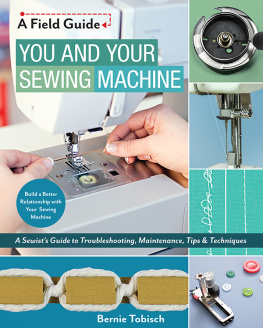
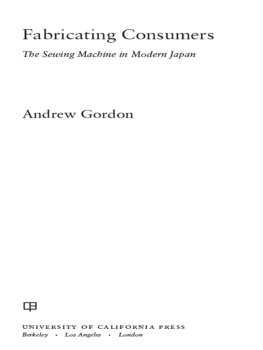
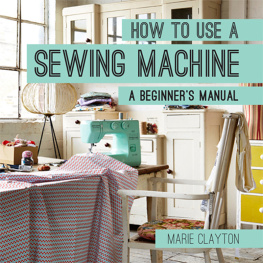

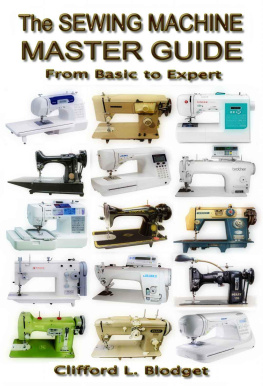


 Beginner
Beginner Intermediate
Intermediate Advanced
Advanced
